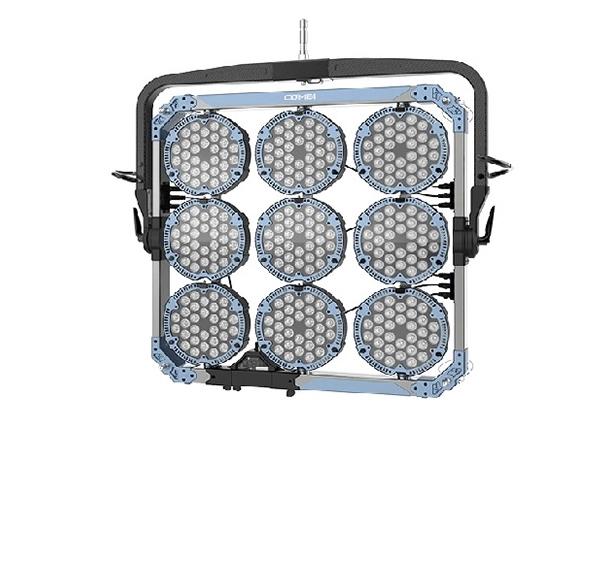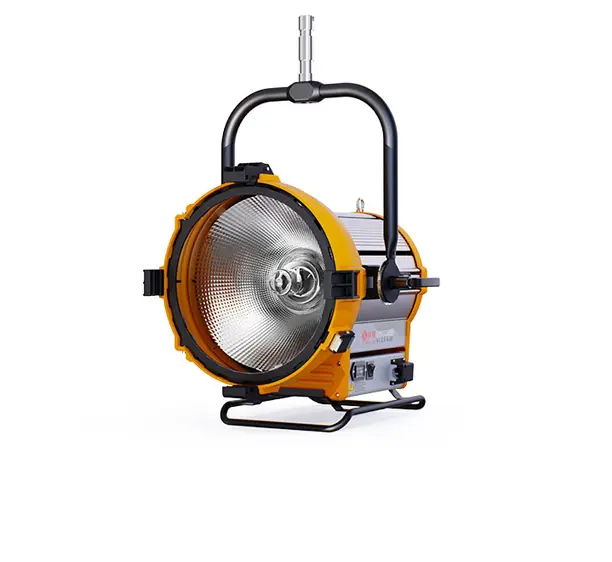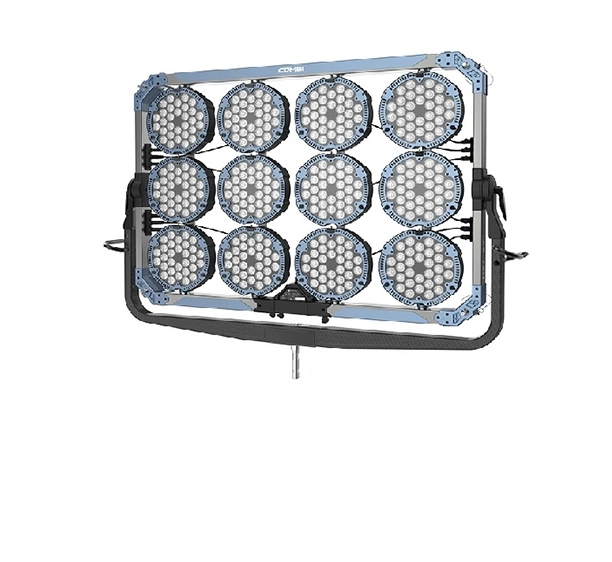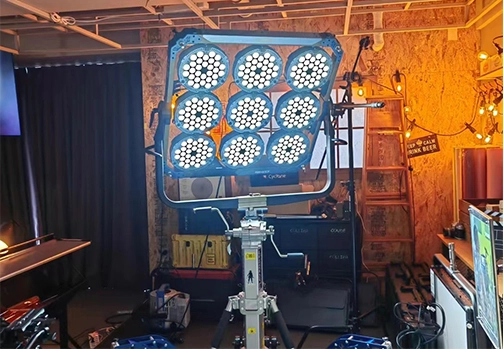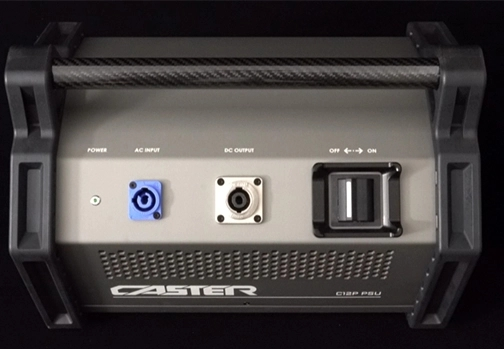The use of portrait photography lights is very common in real life, and using portrait photography lights also requires certain skills. Generally speaking, it is more difficult to take portraits under lighting than under natural sunlight. On the one hand, it is necessary to decide the most favorable lighting plan based on the surface of the subject. On the other hand, it also reflects the professionalism of the photographer. Here are several common lighting methods for portrait LED film lights, hoping to be helpful to everyone!
1. The role of front-side lighting from LED film photography lights
The strength of the auxiliary light determines the size of the light ratio, which is inversely proportional to the light ratio. The weaker the auxiliary light, the greater the light ratio. As for whether to add a background light, it depends on the specific situation. After the main light and auxiliary light are arranged properly, if the brightness of the background has met the requirements, there is no need to add a background light. If the brightness of the background still needs to be adjusted, then add a background light again for adjustment, until the ideal situation is achieved.
When using front-side lighting from led film lights, the main light generally needs to be slightly higher than the subject's head, but not too high, in order to avoid heavy shadows in the subject's eye sockets, nose and chin. However, when the subject wears a hat or other headwear while taking photos, the main light should be adjusted to the position of the subject's face shape to adjust the proportion of the subject's bright side and shadow side, so that the brightness transition between the subject's bright and shadow side is in the appropriate position. We must remember this point, which is quite important.
If a reflector is used for auxiliary lighting, it can be placed on the shadow side of the subject. However, if a lamp is used for auxiliary lighting, it should be placed as close to the camera as possible. Some people like to place the auxiliary light on the shadow side of the subject, but the effect of auxiliary lighting is not obvious from the direction of the camera. The latter is more conducive to eliminating the unilluminated "dead corners", and it is also easy to make the light spots reflected on the photographer's black eyeballs fall in the appropriate position. The height of the auxiliary light should not be too high. When the light spot on the subject's black eyeball can fall along the pupil, its height is the most ideal.
2. The role of front lighting from LED film photography lights
The main light projects onto the subject from the direction of the camera, forming the "front lighting effect". The characteristic is that the subject is uniformly lit, with bright and clear tones and no significant shadows or projections. Under front lighting, the three-dimensional feeling of the subject's face is not determined by the amount of light, but by the curve of the face itself- the protruding parts are bright, and the side and back parts are slightly dark. Therefore, the facial exposure should not be excessive, otherwise it will affect the portrayal of the entire image.
Front lighting from the film shooting light can be achieved with two lamps or one lamp: for two lamps, generally use two flashlights with the same power and softened with soft boxes, from positions close to the camera on both sides, with equal intervals, slightly higher than the height of the camera, projecting light onto the subject. The two soft boxes should not be too high to avoid too deep shadows under the neck and nose. For one lamp, it should be slightly higher than the camera and projected from behind the camera to the subject. If the shadows on both sides of the face are too deep, a reflector (preferably a white foam plastic board) can be used to weaken them.
The advantage of front lighting from LED film photography lights is that the tones are clean and the shadows are minimal, suitable for photographing symmetrical and young portraits. However, if the subject's face is relatively large or uneven on both sides, if front lighting is used, its shortcomings may be exposed. Therefore, it is advisable to use front-side lighting and side lighting to block the parts of the face that are too wide with shadows.
 English
English 日本語
日本語 한국어
한국어 Español
Español italiano
italiano العربية
العربية

